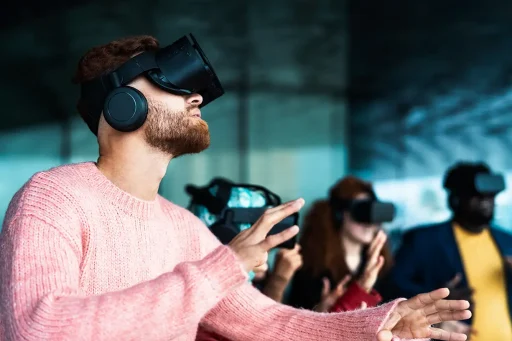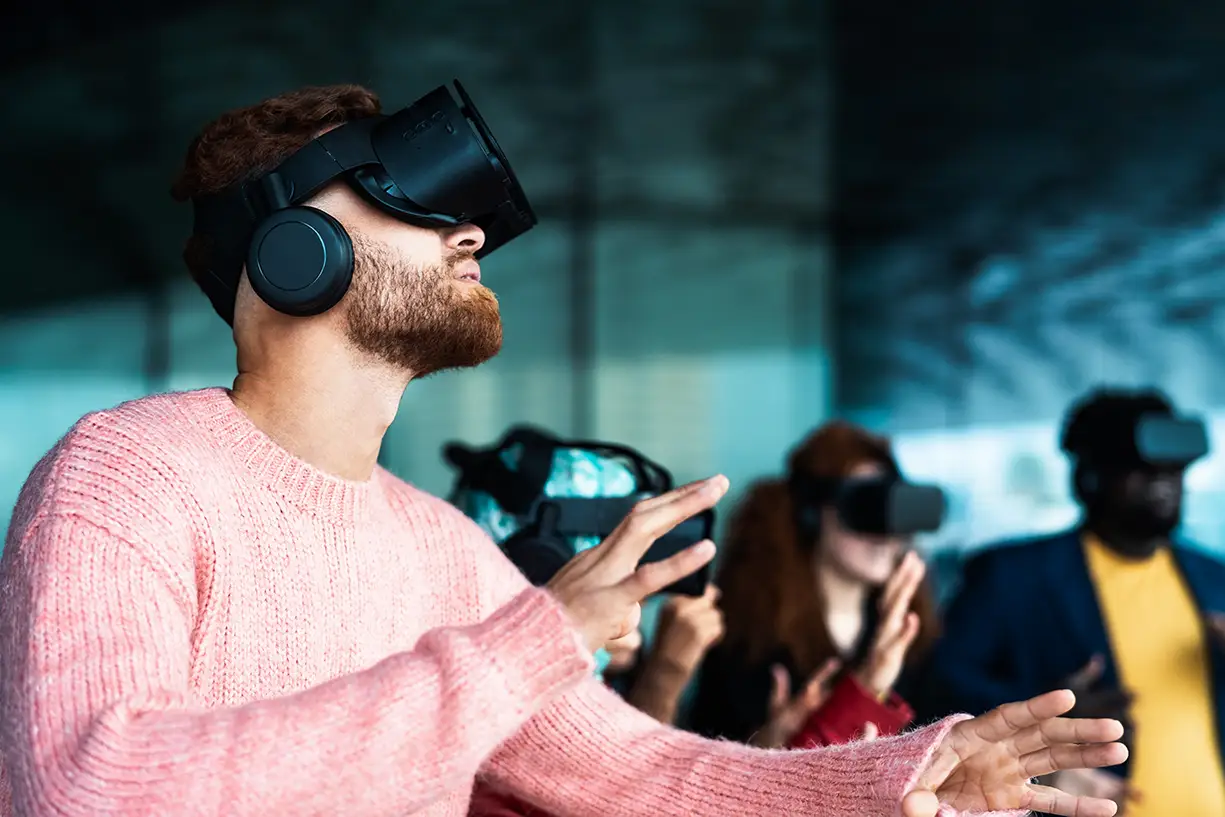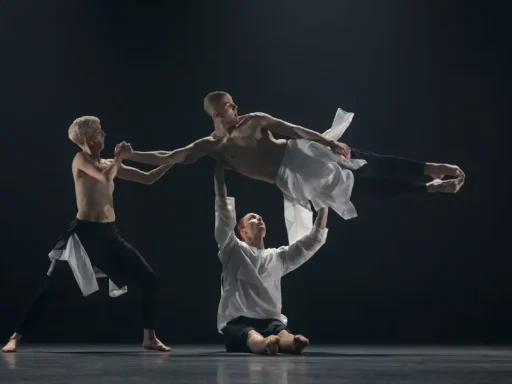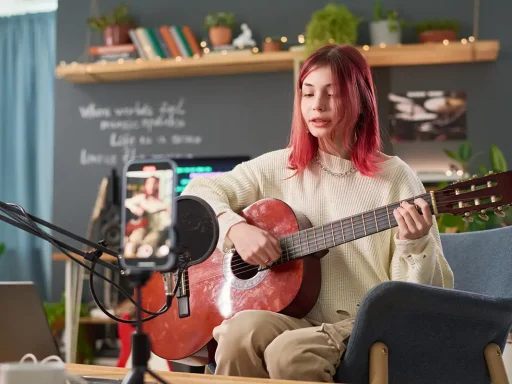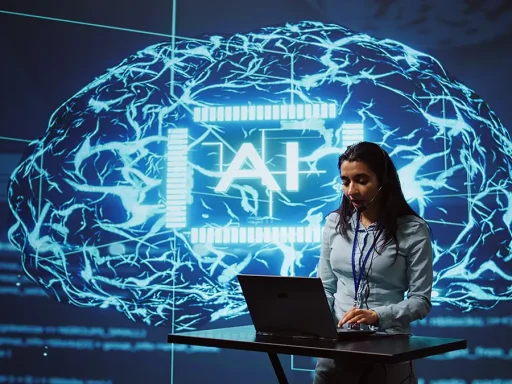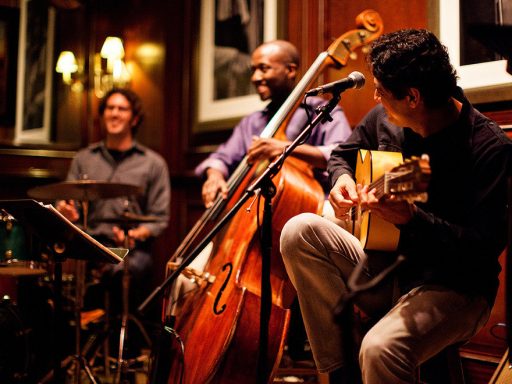The Next Act in Performance Technology
Imagine a world where you can watch Shakespearean drama unfold in your living room, or witness a ballet performance with dancers who are thousands of miles away. The future of performance technology is brimming with potential, offering innovative ways to create, experience, and engage with the arts. For performers, artists, and acts, this transformation promises to elevate their craft and captivate audiences like never before.
VR and AR Revolutionizing Performances
Bringing the Stage to Your Living Room
Virtual Reality (VR) and Augmented Reality (AR) have already started making waves in various industries, but their impact on the performing arts is truly revolutionary. VR can transport audiences to a different realm, creating immersive experiences that make them feel as though they are part of the performance. AR, on the other hand, can overlay digital elements onto the real world, enhancing live performances with interactive features.
Enhancing Audience Engagement
Imagine attending a concert where AR glasses allow you to see lyrics and special effects synchronized with the music. Or a theater production where VR headsets enable you to explore the set from different angles. These technologies are not just enhancing the viewing experience; they are redefining audience engagement, making every performance a unique and personal experience.
Expanding Creative Boundaries
For performers and artists, VR and AR open up new avenues for creativity. Choreographers can experiment with virtual sets, directors can visualize complex scenes in advance, and musicians can collaborate in virtual studios. The possibilities are endless, allowing artists to push the boundaries of their imagination and bring their wildest visions to life.
AI and Machine Learning in the Arts
Creating Intelligent Art
Artificial Intelligence (AI) and Machine Learning (ML) are poised to become indispensable tools for artists. AI algorithms can analyze vast amounts of data to generate new artistic ideas, compose music, or even write scripts. Imagine an AI co-writing a play or composing a symphony. These technologies are not just assisting artists; they are becoming collaborators in the creative process.
Enhancing Performance Quality
AI can also be used to enhance the quality of performances. Machine learning algorithms can analyze a dancer’s movements to offer real-time feedback, helping them improve their technique. Musicians can use AI-powered tools to fine-tune their performances, ensuring every note is pitch-perfect. The result is a higher standard of artistry, with technology acting as a silent partner in the pursuit of excellence.
Personalizing Audience Experience
AI can also personalize the audience experience by analyzing viewer preferences and tailoring performances to individual tastes. For example, an AI system can create a customized playlist for a concert, ensuring that every song resonates with the audience. This level of personalization can make performances more engaging and memorable, deepening the connection between artists and their fans.
Holographic Technology Takes Center Stage
Bringing Icons Back to Life
Holographic technology has already stunned audiences by bringing legendary performers back to life, such as Tupac Shakur’s hologram at Coachella. But the potential of holograms goes far beyond nostalgic performances. Imagine a theater production where actors perform alongside holographic characters, or a concert where holograms add a new dimension to the visual spectacle.
Enhancing Live Performances
Holograms can also enhance live performances by creating dynamic and interactive stage effects. For example, a dance troupe could perform with holographic projections that change in response to their movements. Musicians could play against a backdrop of holographic visuals that sync with their music. These enhancements can elevate the sensory experience, making performances more captivating and immersive.
Creating Virtual Venues
Another exciting application of holographic technology is the creation of virtual venues. Imagine attending a concert in a holographic stadium, where every seat offers the best view. Or a theater production in a holographic auditorium, where the scenery can change in an instant. These virtual venues can make performances more accessible, allowing audiences from around the world to experience the magic of live entertainment.
Advanced Robotics in the Arts
Pushing the Boundaries of Performance
Advanced robotics are set to revolutionize the performing arts by pushing the boundaries of what is possible. Robots can perform intricate dance routines, play musical instruments with precision, and even act in theater productions. These robotic performers can execute complex movements with accuracy and consistency, opening up new possibilities for choreography and stagecraft.
Enhancing Human-robot Collaboration
Robots can also enhance human-robot collaboration, creating performances that blend human artistry with robotic precision. For example, a dancer could perform alongside a robotic partner, creating a duet that combines grace and precision. Musicians could collaborate with robotic instruments, creating new sounds and rhythms that are impossible to achieve with human hands alone.
Streamlining Production
Robotics can also streamline production processes, making it easier to create and stage performances. For example, robotic stagehands can quickly and efficiently change sets, reducing downtime between scenes. Automated lighting and sound systems can create complex effects with minimal human intervention. These advancements can make productions more efficient and cost-effective, allowing artists to focus on their craft.
5G Connectivity and Performance
Enhancing Real-time Collaboration
The rollout of 5G connectivity promises to transform the performing arts by enabling real-time collaboration across vast distances. Imagine musicians from different continents playing together seamlessly, or a director in one city working with actors in another. 5G’s low latency and high-speed data transfer can make these scenarios a reality, breaking down geographical barriers and fostering global collaboration.
Revolutionizing Live Streaming
5G can also revolutionize live streaming, making it possible to broadcast high-quality performances to a global audience in real-time. Imagine watching a ballet from the Bolshoi Theatre in Moscow or a concert from the Sydney Opera House with crystal-clear video and audio. 5G can ensure that these live streams are smooth and uninterrupted, providing a seamless viewing experience for audiences around the world.
Enabling Immersive Experiences
With 5G, immersive experiences like VR and AR can reach their full potential. For example, a VR headset connected to a 5G network can provide a real-time, 360-degree view of a live performance. AR glasses can overlay digital elements onto a live show with minimal lag. These immersive experiences can make performances more engaging and interactive, bringing audiences closer to the action.
Conclusion
The future of performance technology is not just about enhancing what we already have; it’s about reimagining the very nature of performance itself. From VR and AR to AI, holographic technology, advanced robotics, and 5G connectivity, these innovations promise to transform the performing arts in ways we can only begin to imagine.
For performers, artists, and acts, these technologies offer new avenues for creativity, collaboration, and engagement. They can enhance the quality of performances, personalize the audience experience, and push the boundaries of what is possible. The future of performance technology is bright, and the possibilities are endless.
Ready to explore the future of performance technology? Join ARRIVE Booking Agency to stay updated on the latest innovations and trends in the performing arts. Together, we can shape the future of performance and create a new era of artistic expression.


